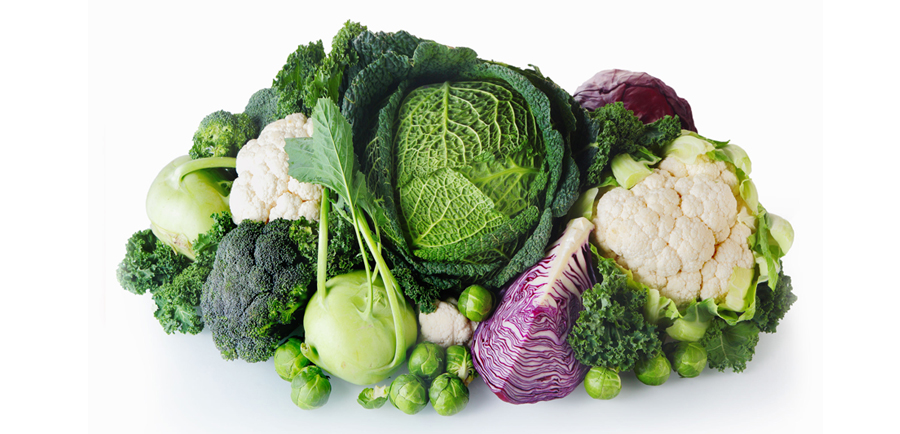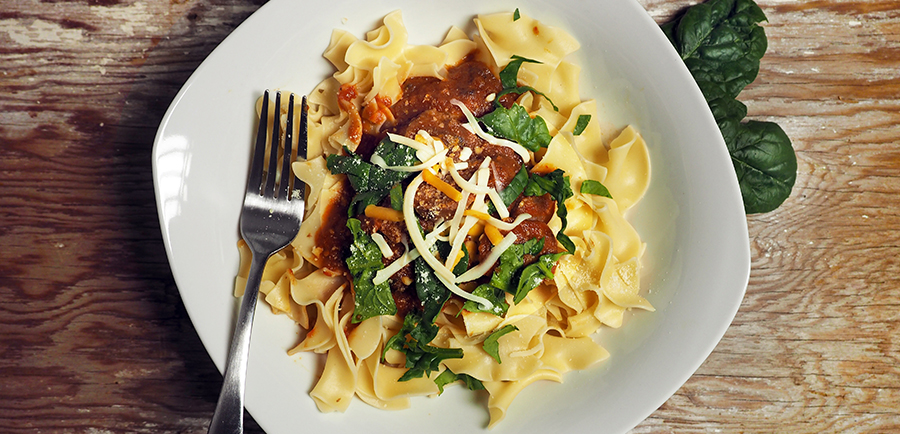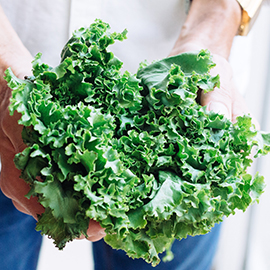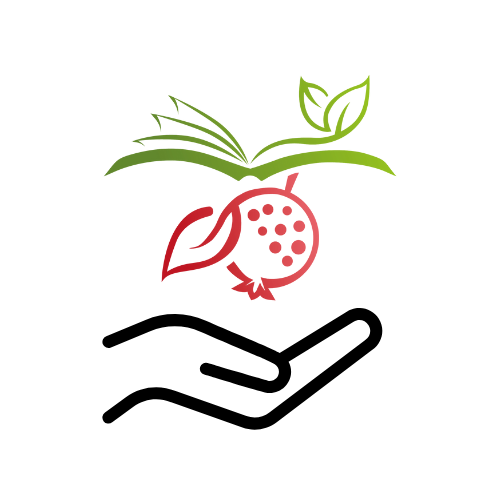Cooking with Cruciferous

Cook with cruciferous vegetables and reap amazing health benefits for your body.
Here are is a list of cruciferous vegetables and some recipe ideas to get you started and help you increase your intake of cruciferous vegetable each day.
Broccoli | Brussels Sprouts |
Cabbage | Cauliflower |
Horseradish | Kale |
Kohlrabi | Mustard greens |
Radishes | Rutabaga |
Turnips | Watercress |
Ways to Cook and Information about Cruciferous Vegetables You Should Know
- Shred raw cruciferous vegetables and make sure add to any of your favorite cooked dish, rice or salad.
- Place a couple cups of shredded cabbage in a jar. Sprinkle with kosher or Real Salt (about 2 tablespoons). Let the mixture sit and ferment for at least two days. Serve about 1/4 cup of this fermented vegetable with each meal.
- Lightly stir-fry cruciferous veg with olive oil, and then add Bragg's Liquid Aminos or a cup of vegetable broth.
- Horseradish is this ancient herb. It is also one of five bitter herbs consumed during the Jewish Passover festival. One way to try adding horseradish to your meal is by incorporating it with your mashed potatoes, lamb stew or beans.
- Mix it with plain yogurt or sour cream to make a nutritious sauce for your roasted meats.
- Rutabaga is another cruciferous vegetable to eat daily. This yellowish turnip is slightly sweet with a firm texture. Boil and mash it with potatoes, or you can add raw to your salads or even to your roasted stew.
- Watercress has that unique, pungent taste. Add this vegetable to increase the flavor and nutrition of your sandwiches, soups, salads, and other dishes.
- Kohlrabi contains both bulbs and leaves that can be consumed. Prepare the leaves as you would a spinach, and as for the bulb, saute it in olive oil. Before serving, top with Parmesan cheese.
- Mustard Greens have a peppery, pungent taste. But once slow-cooked, the flavor mellows down a bit. Add young mustard greens leaves to your salad to increase the nutritive value.
Recipe Ideas
Check out these recipes to get you cooking healthy and tasty dishes!

In the Kitchen
Select:
- Choose firm, compact heads that are heavy for their size. Avoid those off-putting odors or soft spots.
- Green leaves are perfect and there should be no sign of yellowing.
- Go for smaller turnips as these are sweetest.
Store:
- Wait to wash until just before use.
- Refrigerate in an unsealed plastic bag: broccoli, cauliflower and turnips for up to 5 days; others up to a week.
Prepare:
- Microwave, steam, saute, or stir-fry or sauté to retain folate, glucosinolates, and vitamin C. Avoid boiling greens as this can cut the nutritional content of the vegetable in half.
- Cook greens just until they tender-crisp. Be sure the greens are still bright. When greens are overcooked, they become unattractive and smelly.
- You can also bake or roast cruciferous vegetables such as broccoli, cauliflower, Brussels sprouts, and turnips.
- Add cruciferous to soup or just eat them raw.
- Also great when raw, you can even dip cruciferous in peanut butter or hummus. If it has a very strong flavor, blanch or steam briefly before cooling in ice water and serving cold
- Enjoy the richness and depth of flavor by adding cruciferous to green salads.
- Try broccoli sprouts in sandwiches or on salads.
- Student challenge – Eat 1 cruciferous daily
- master challenge – Eat at least 3 per day.
How to Make Confetti Kale
This is such an amazing dish packed with nutrients, flavor, and color!

Confetti Kale
Ingredients
- 6 cups chopped kale
- 1/2 cup chopped red sweet pepper
- 1/2 teaspoon salt
- 1 clove garlic
- 1/4 cup water
- 1 cup organic corn
- 1/4 teaspoon pepper
Instructions
- In large skillet or frying pan, sauté garlic and kale in 2 tablespoons olive oil over medium heat. Stir for 10 minutes constantly..
- Mix the other ingredients together. Then add to the pan and saute for another 10 minutes.
- Be sure to serve immediately.




